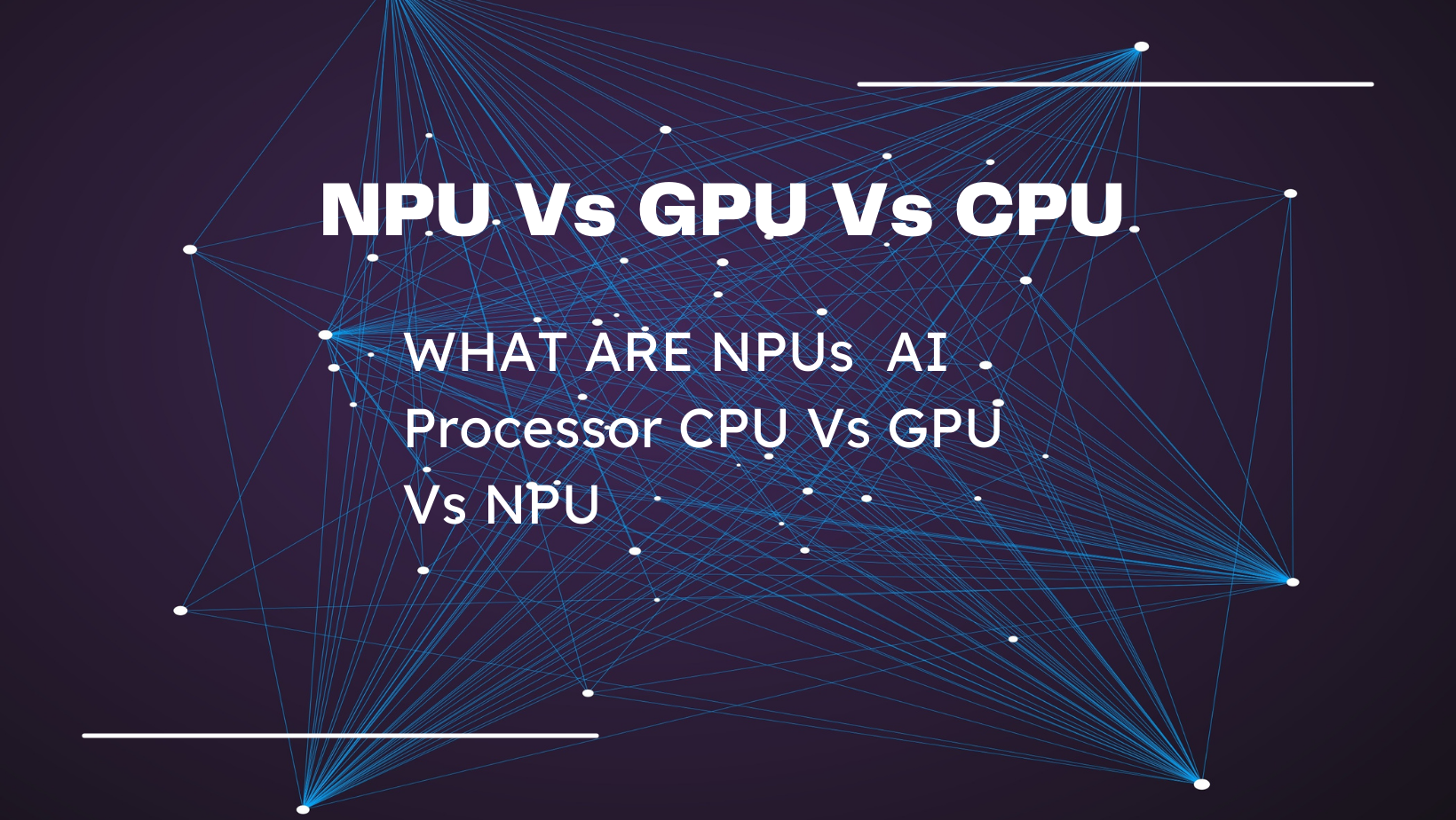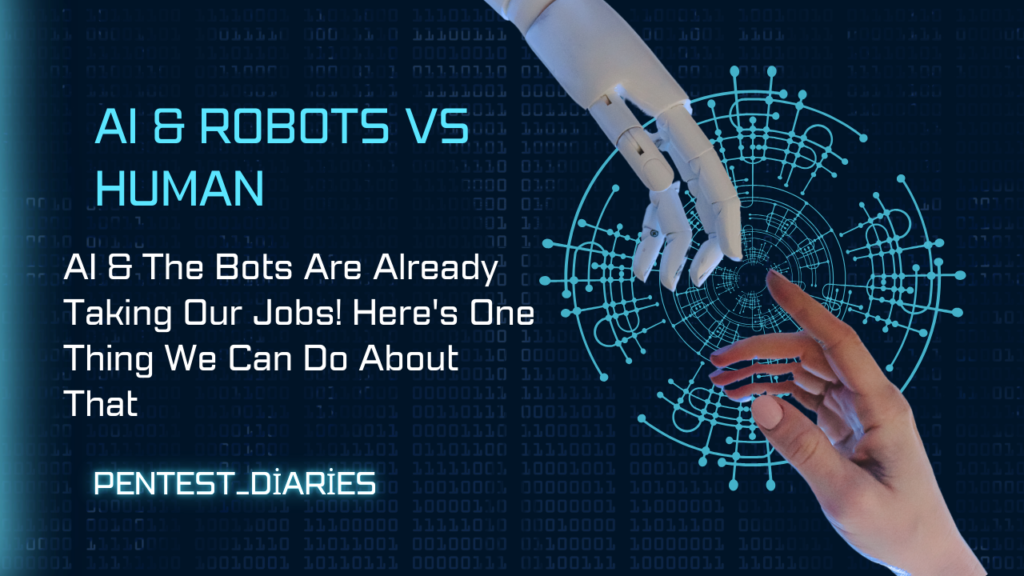WHAT ARE NPUs AI Processor CPU Vs GPU Vs NPU

WHAT ARE NPUs ?? | AI Processor | CPU & GPU Vs NPU
NPUs stand for
Neural Processing Units. They are specialized hardware accelerators designed to efficiently handle the computationally intensive tasks involved in artificial intelligence (AI), specifically neural networks.
How NPUs Differ from CPUs and GPUs
While CPUs are general-purpose processors capable of handling various tasks, and GPUs excel at parallel computations, NPUs are optimized solely for AI workloads.Q
1. CPUs (Central Processing Units)
- General Purpose: CPUs are versatile and can handle a wide range of tasks, from basic arithmetic to complex computations.
- Single or Few Cores: Typically have a few powerful cores optimized for sequential processing and handling diverse instructions.
- Speed for AI Tasks: CPUs are less efficient for AI tasks compared to NPUs and GPUs because they are not optimized for the highly parallel nature of neural network computations.
2. GPUs (Graphics Processing Units)
- Parallel Processing: GPUs are designed for parallel processing and can handle thousands of simultaneous threads. This makes them well-suited for tasks like rendering graphics and training neural networks.
- Large Compute Throughput: Excellent for tasks that require a lot of floating-point calculations, which are common in AI and machine learning.
- Flexibility: While very powerful for many AI tasks, GPUs are general-purpose and not as specialized for AI as NPUs.
3. NPUs (Neural Processing Units)
- AI Optimization: NPUs are tailored for accelerating AI and machine learning operations, particularly those involving neural networks. They are designed to handle the specific types of calculations and data patterns used in these models.
- Efficient Computation: They often include specialized hardware for matrix operations, which are fundamental to deep learning algorithms.
- Low Power Consumption: NPUs are typically designed to perform AI tasks efficiently, consuming less power compared to GPUs for similar workloads.
- Specialized Hardware: May include features like dedicated memory for AI operations, specialized arithmetic units, and efficient data handling mechanisms.
Comparison Summary:
- CPUs are versatile but not optimized for the parallel workloads of AI tasks.
- GPUs provide high parallel processing power, making them very effective for AI training and inference but are not as specialized as NPUs.
- NPUs offer targeted acceleration for AI tasks, making them highly efficient for running neural networks and other AI algorithms.
Key Advantages of NPUs
- High Performance: NPUs deliver exceptional performance for AI tasks like image and speech recognition, natural language processing, and machine learning.
- Low Power Consumption: Designed for efficiency, NPUs consume less power compared to CPUs and GPUs, making them ideal for mobile and embedded devices.
- Specialized Architecture: NPUs have architectures tailored for AI workloads, optimizing for tasks like matrix multiplication and convolution.
Real-world Applications
NPUs are increasingly found in:
- Smartphones: For tasks like facial recognition, voice assistants, and image processing.
- Autonomous Vehicles: To process sensor data and make real-time decisions.
- Data Centers: Accelerating AI training and inference workloads.
- Edge Devices: For AI applications at the edge, where low latency and power efficiency are crucial.
In summary, while CPUs and GPUs can handle AI workloads, NPUs are specifically designed to maximize efficiency and performance for AI computations, making them a compelling choice for applications that require intensive neural network processing.
@SAKSHAM DIXIT


